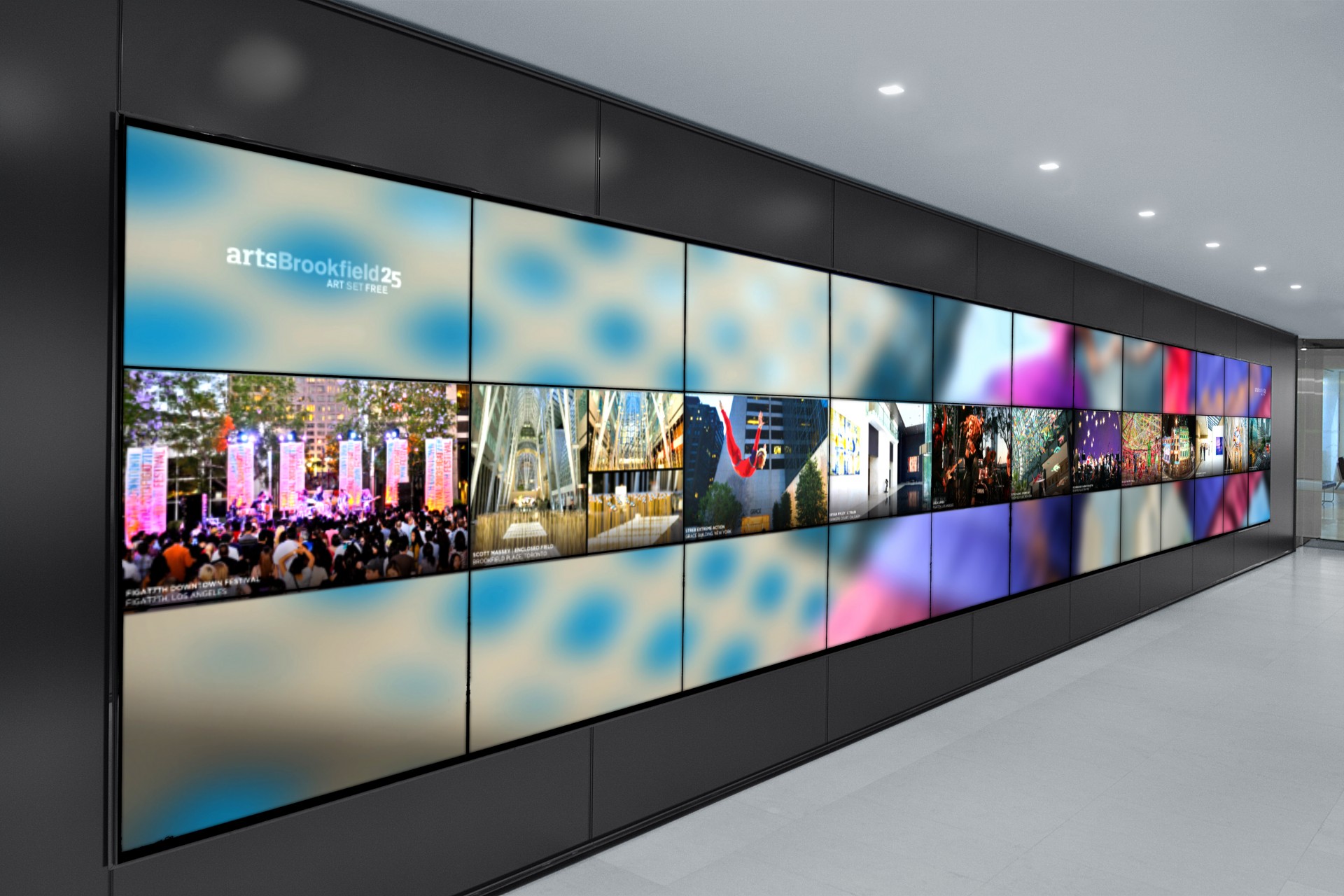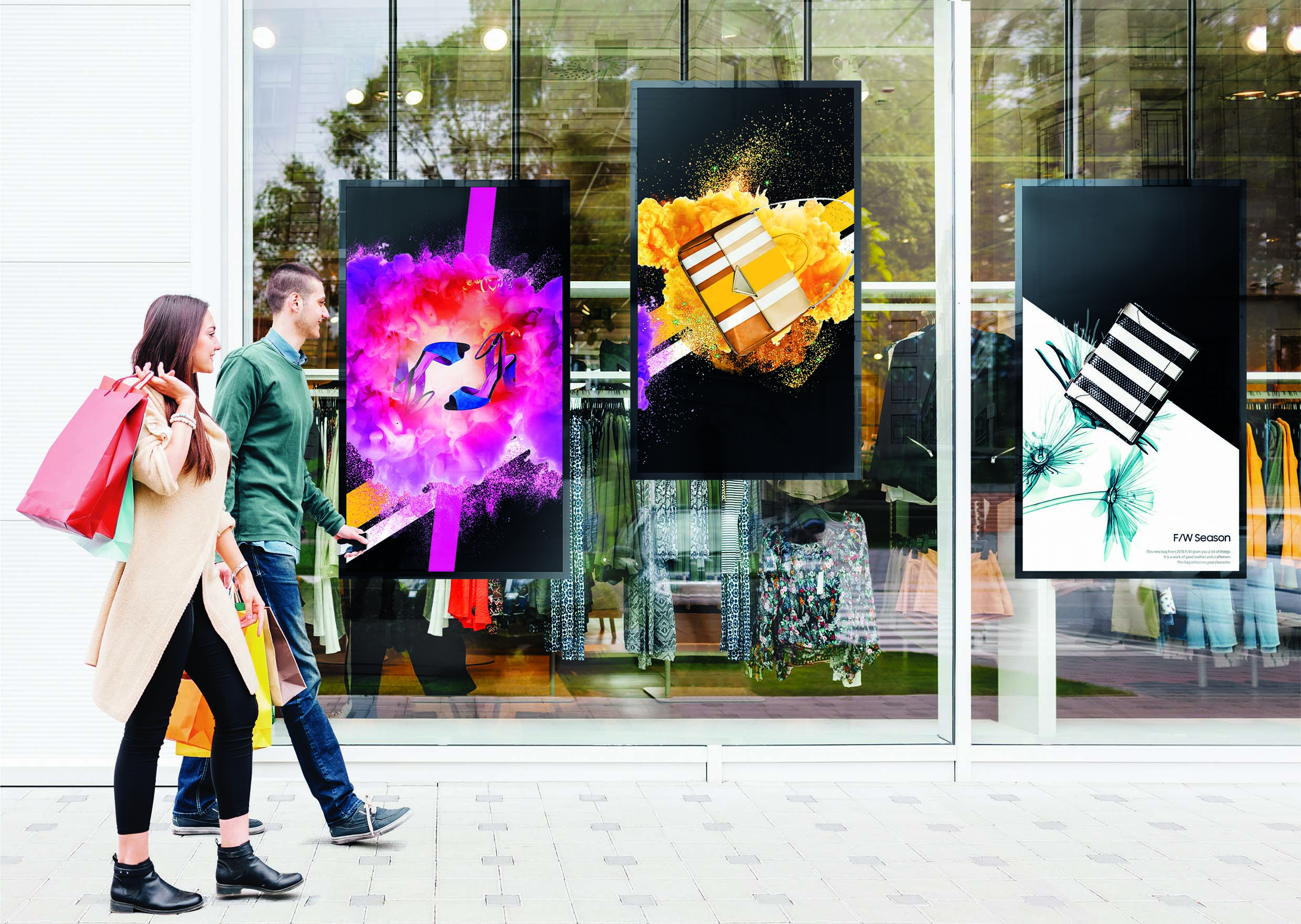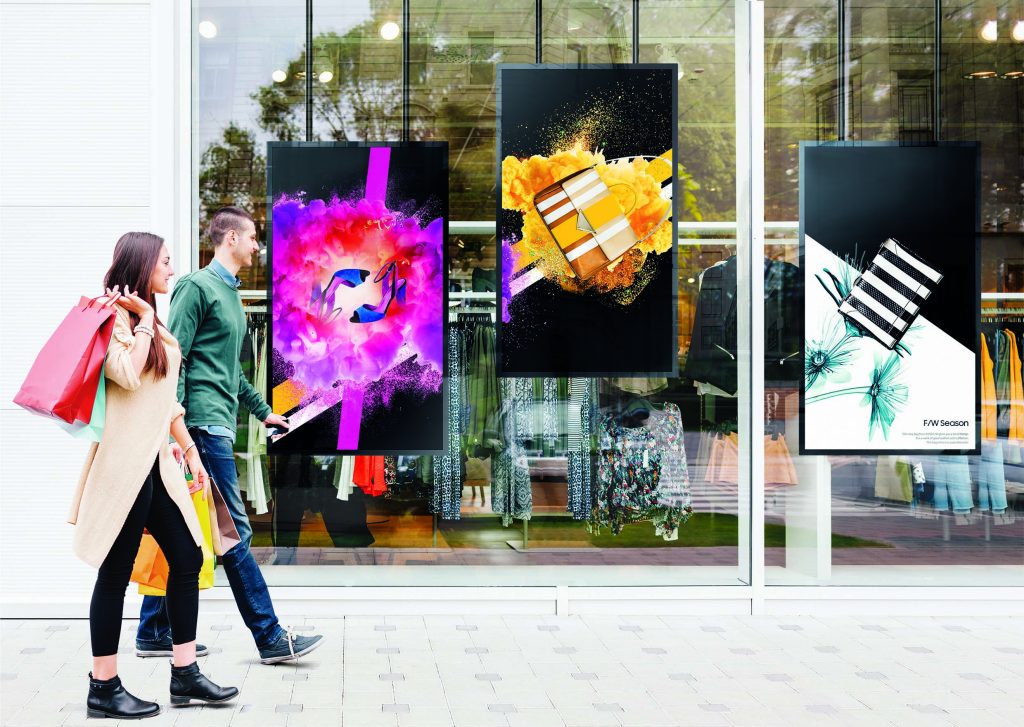We live in an age where digital information display screen constantly surround us, whether it is a monitor at the airport with flight details or a large billboard with advertisements. With so much competition for our attention and companies wanting to maximize their investment in these displays, creating beautiful digital signage displays has become increasingly important. Here are six tips that can help make your digital signage stand out from the crowd and create engaging experiences for your viewers.
1. Utilize Eye-catching Colors:
When it comes to designing digital signage, colors should be used strategically to capture people’s attention and leave a lasting impression. The color scheme should be vibrant and match the company’s branding as well as being appropriate for the intended audience. It should also complement any photos or graphics used while avoiding too many saturated hues that will strain people’s eyes when viewing them on a screen.

2. Use High-Quality Images & Graphics:
Images are more likely to draw people’s attention than text alone, so it is important to use high-quality images in your digital signage design. Whether you use photographs or illustrations, they should be clear enough to look great on any size display screen and convey any message or story you want to tell quickly and effectively. For best results, content should be sized properly for each individual display before being uploaded onto the system.
3. Implement Motion Graphics:
Motion graphics add life to static images by making them move across the screen in captivating ways which can engage viewers for longer periods of time than if they were just looking at still visuals. Many modern digital signage platforms offer motion graphic capabilities which can help take your designs to the next level while also providing flexibility when displaying different kinds of content on multiple screens simultaneously.
4. Incorporate Animation:
Animation helps bring otherwise dull content alive by adding movement that makes everything look more dynamic and interesting without straining viewers’ eyes like flashing lights may do so in some cases. Animations can also be useful for highlighting key points within texts such as product features or pricing plans which would otherwise get lost among all other words on an information display screen. They should however not overpower other elements of a design but rather enhance them tastefully while still maintaining good visibility even from far away distances which is especially important if you have outdoor displays installed in public areas like streets or shopping malls.

5. Create compelling text content:
Text content is often overlooked when designing digital signage, but it can actually play an important role in communicating messages effectively. When using text, clarity is key, as poorly written sentences filled with jargon will not engage anyone, no matter how fancy they look visually. Font size, style, line length, spacing, color, etc. all need careful consideration when creating compelling copy that will draw people’s attention to the display. Also, remember that less is more – keep things concise yet informative enough so that everyone knows exactly what is going on.
6. Follow branding guidelines:
As well as ensuring consistency across all visual elements of your digital signage project, it is equally important that branding guidelines are followed closely at all times. This means ensuring that logos are placed correctly, along with any approved brand colors and fonts, so that viewers can immediately identify who owns each particular display, rather than having confusing mixed messages where you don’t know whose advert you are looking at. This not only ensures brand recognition but also adds credibility, which could ultimately lead to increased sales if implemented correctly across multiple locations nationally (or globally)!











